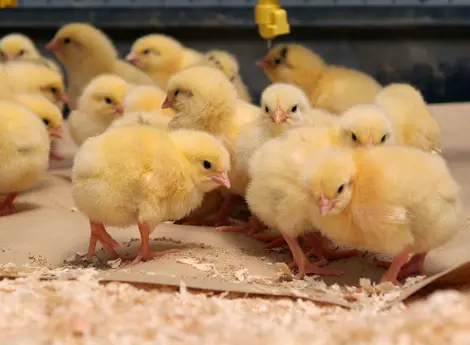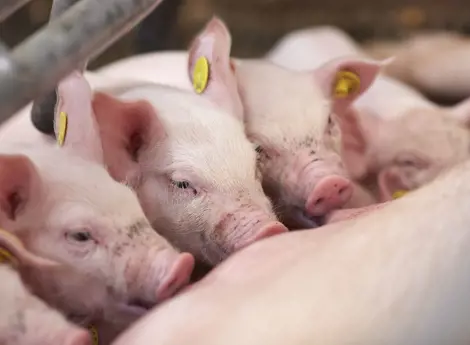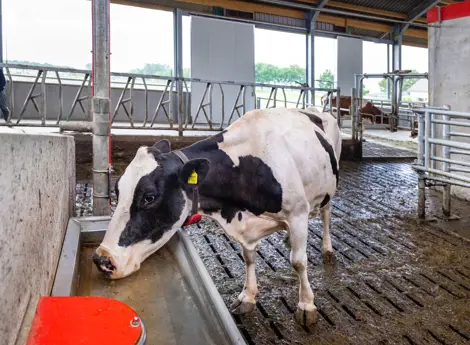Antimicrobial resistance: What we can all do to prevent it
The use of antibiotics, either as a curative or a preventive measure, is common in animal husbandry. Many antibiotics used to treat animals are also used in human medicine, as most bacteria do not distinguish between humans or animals. However, this combined usage can come at a cost.
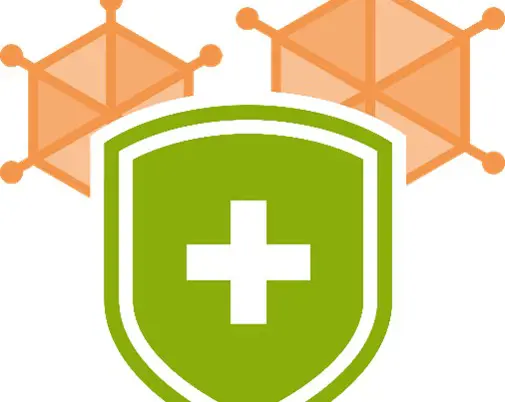
Bacterial resistance against antibiotics
Widespread antibiotic use in animals, as well as improper usage in humans, can cause bacteria to develop resistance against antibiotics. This is referred to as Antimicrobial Resistance, and it occurs when bacteria, or other microbes, mutate over time and no longer respond to drugs, chemicals or other agents designed to cure or prevent infection and disease.
A warning from Europe
Antimicrobial resistance has grown significantly over the past decades, while the development of new antibiotics has been limited. A well-known example is Methicillin-Resistant Staphylococcus Aureus (MRSA), a mutation of S. aureus, a bacterium commonly found on skin. People with MRSA infections are 64% more likely to die than people with drug-sensitive infections.
MRSA became a significant problem in European hospitals in the 2000s, and it was mainly linked to the use of antibiotics in livestock. Many countries began testing farmers and their families for MRSA before admitting them to hospital. Those testing positive were treated in isolation to prevent the bacteria from spreading to other patients. Fortunately, antimicrobial resistance can be reversed.
Reversing the trend
The figures below show percentages of MRSA-resistant samples taken in European hospitals between 2009 and 2013. Arrows indicate either an increasing (↑) or a decreasing (↓) trend for the 2006-2009 period (left graphic) and for 2010-2013 (right graphic). The number of countries where more than 50% of samples were resistant (displayed dark red on the map) is also shown to have decreased between 2009 and 2013. This was due to more prudent antibiotics usage as well as stricter monitoring.
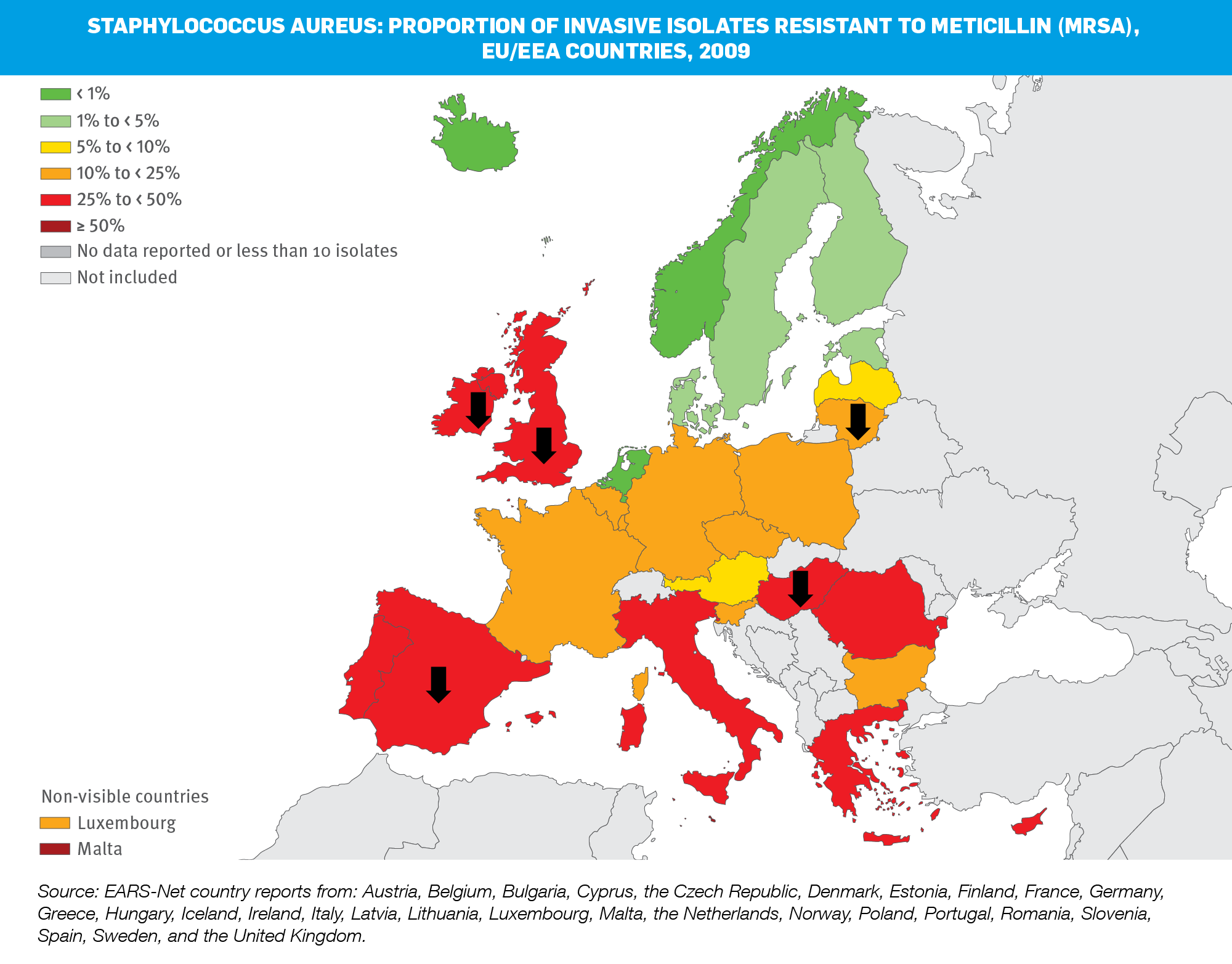
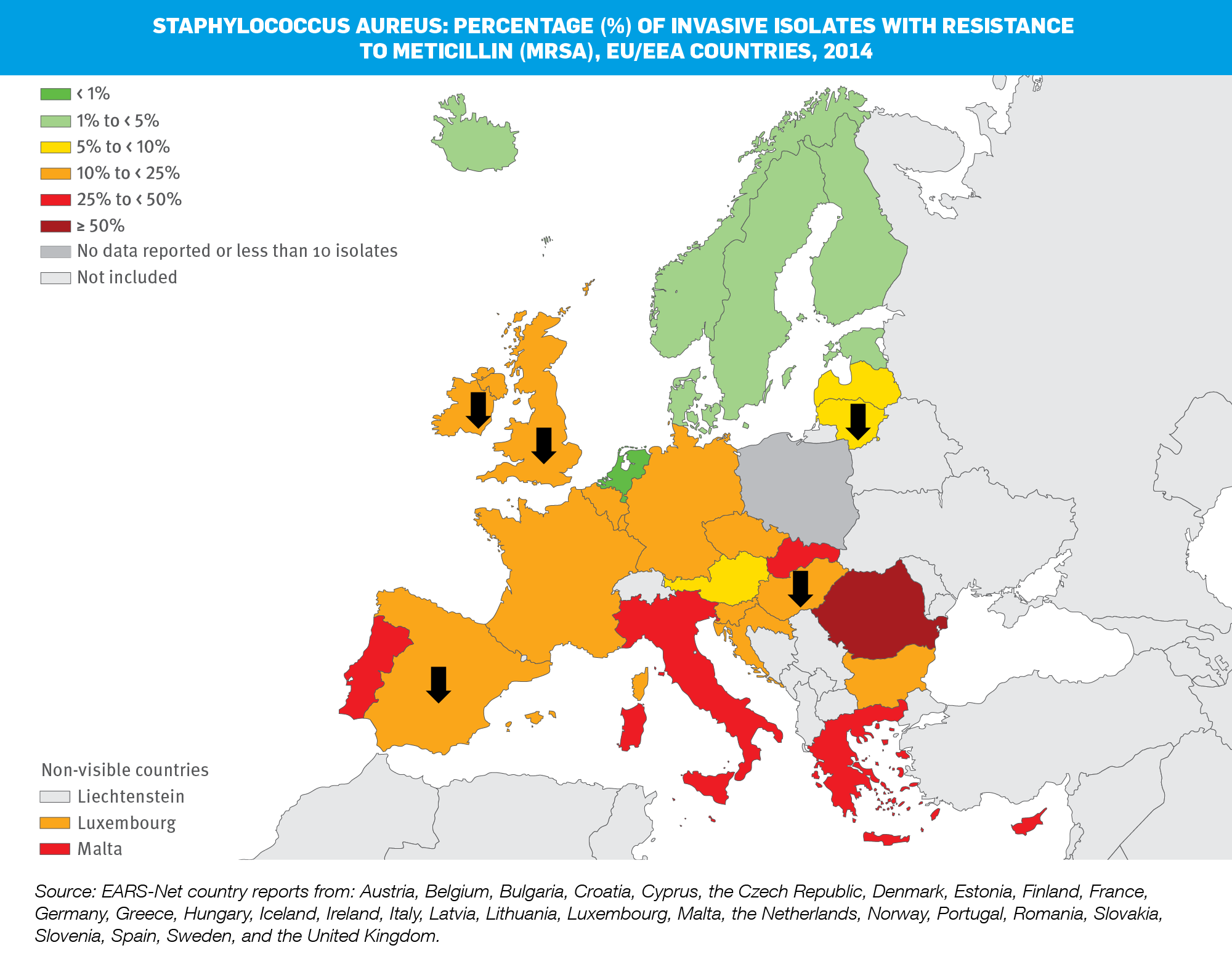
Regulating farm-level antibiotic use
Antibiotic use in livestock and aquaculture production is often seen as one of the main risk factors for antimicrobial resistance. Governments worldwide are taking steps to improve farm-based antibiotics-use practices, including through stricter regulations around usage. For example, in many countries, farmers are still allowed to treat sick animals, but the kinds of antibiotics that can be used are restricted. A ban on the still-common practice of preventative antibiotics usage in livestock is expected in many countries around the world soon.
Play your part, with our hands-on targeted approach
We can each play our part to minimise the risk of bacteria developing resistance against antimicrobials. De Heus’ Natural Power programme provides the tools needed to improve the health of your animals and optimise their performance while supporting the prudent use of antibiotics.
Click here to learn more about the Natural Power programme or contact a member of the De Heus team for more information.

